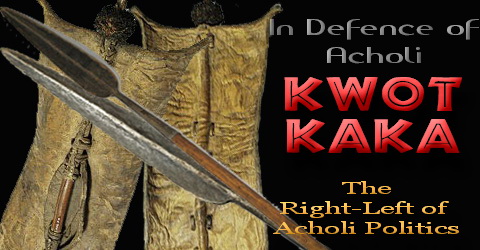{UAH} Scientists unveil 'remarkable' skeleton of ancient human ancestor
Scientists unveil 'remarkable' skeleton of ancient human ancestor
Australopithecus skeleton nicknamed 'Little Foot' dates back 3.6 million years
The Associated Press Posted: Dec 06, 2017 10:27 AM ET Last Updated: Dec 06, 2017 10:35 AM ET

The virtually complete Australopithecus fossil "Little Foot" is displayed at the University of the Witwatersrand in Johannesburg, South Africa, Wednesday, Dec. 6, 2017. (Themba Hadebe/Associated Press)
Researchers in South Africa have unveiled what they call "by far the most complete skeleton of a human ancestor older than 1.5 million years ever found."
The University of the Witwatersrand displayed the virtually complete Australopithecus fossil on Wednesday.
The skeleton dates back 3.6 million years. Its discovery is expected to help researchers better understand the human ancestor's appearance and movement.

Ron Clarke, a professor from the Evolutionary Studies Institute at the University of the Witwatersrand, center, speaks during the unveiling of the fossil. The researchers say it has taken 20 years to excavate, clean, reconstruct and analyze the fragile skeleton. (Themba Hadebe/Associated Press)
The researchers say it has taken 20 years to excavate, clean, reconstruct and analyze the fragile skeleton.
Found by miners
The skeleton, dubbed Little Foot, was discovered in the Sterkfontein caves, about 40 kilometres (25 miles) northwest of Johannesburg when small foot bones were found in rock blasted by miners.
Professor Ron Clarke and his assistants found the fossils and spent years to excavate, clean, analyze and reconstruct the skeleton.
"This is one of the most remarkable fossil discoveries made in the history of human origins research and it is a privilege to unveil a finding of this importance today," said Clarke in a statement.

A 2007 photo shows a three-dimensional model of the early human ancestor, Australopithecus afarensis, known as Lucy, on display at the Houston Museum of Natural Science. The discovery of the new Australopithecus fossil is expected to help researchers better understand the human ancestor's appearance and movement. (Pat Sullivan/Associated Press)
The discovery is a source of pride for Africans, said Robert Blumenschine, chief scientist with the organization that funded the excavation, the Paleontological Scientific Trust (PAST).
"Not only is Africa the storehouse of the ancient fossil heritage for people the world over, it was also the wellspring of everything that makes us human, including our technological prowess, our artistic ability and our supreme intellect," said Blumenschine.
Adam Habib, Vice-Chancellor of the University of Witswatersrand, hailed the assembly of the full skeleton.
"This is a landmark achievement for the global scientific community and South Africa's heritage," said Habib. "It is through important discoveries like Little Foot that we obtain a glimpse into our past which helps us to better understand our common humanity."

Disclaimer:Everyone posting to this Forum bears the sole responsibility for any legal consequences of his or her postings, and hence statements and facts must be presented responsibly. Your continued membership signifies that you agree to this disclaimer and pledge to abide by our Rules and Guidelines.To unsubscribe from this group, send email to: ugandans-at-heart+unsubscribe@googlegroups.com









0 comments:
Post a Comment